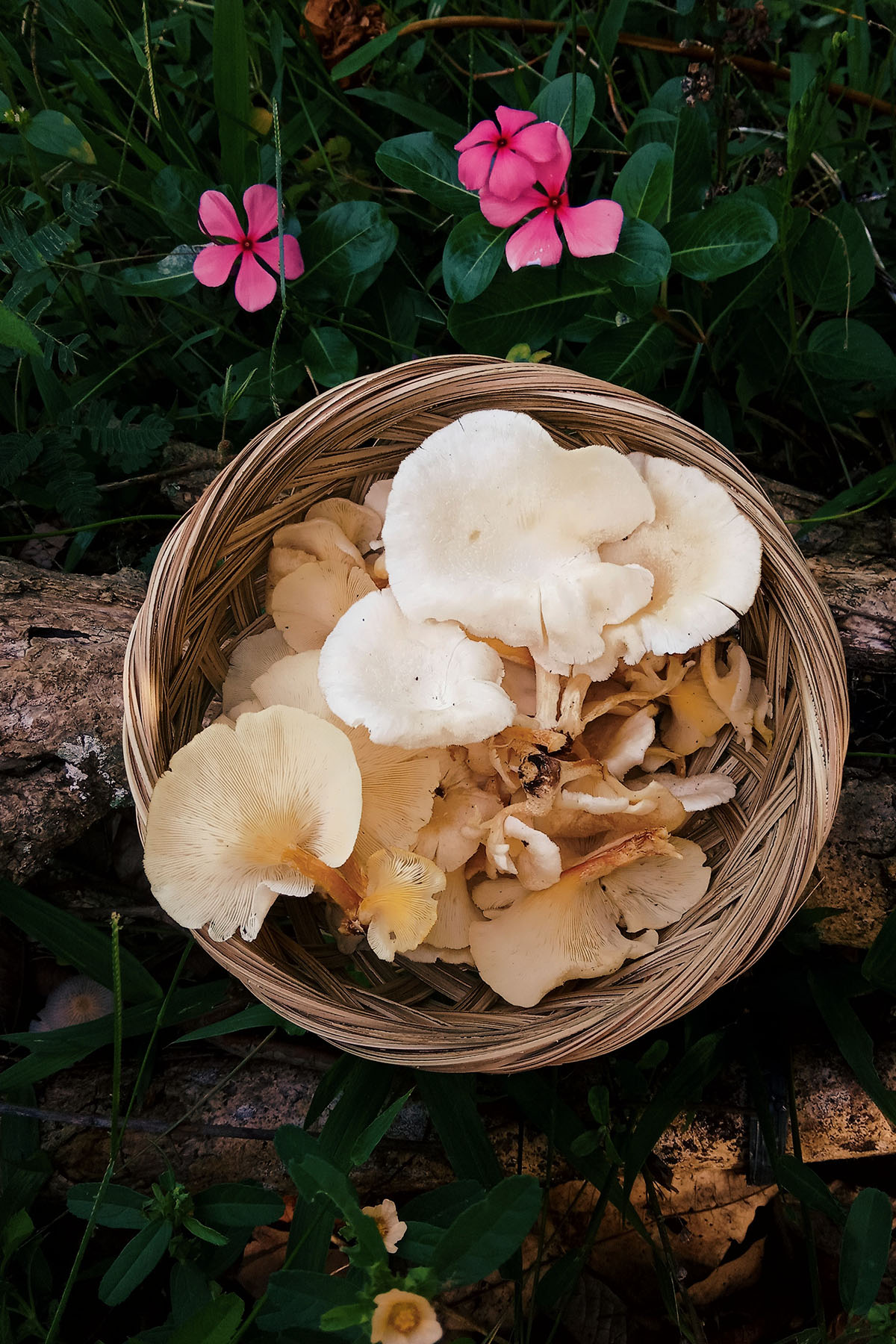If you read my last blog, you know that mushrooms are currently the “it girl” when it comes to popular supplements for holistic health. Sold in a range of products—teas, coffees, and pills—they can help boost your immunity, boost mental clarity, and even help lower your cholesterol. Mushrooms are a wellspring of benefits, and it’s about time they get their time in the spotlight.
And while these perks alone make them a fantastic addition to anyone’s diet, mushrooms have a surprising versatility that allows them to go far beyond just supplements.

Mushrooms and sustainability
The benefits of mushrooms aren’t limited to just vitamins and minerals. In fact, as more innovators have looked at alternative materials for a sustainable world, mushrooms have become an adaptable source for production in packaging, fashion, and even construction.
So, as a fangirl of our fungi friends, I thought it only right to elaborate on some of the amazingly unique ways we’ve utilized mushrooms in the modern era.
Vegan Leather
While there are some mind-boggling alternatives to leather on the market now, (hello, cactus?!) mushrooms have proven to be a worthy competitor because of their short turnaround rates and minimal space needs. Although they’re currently only being produced on a smaller scale, mushroom leather has already been used in retail by big names like Stella McCartney and Adidas for womenswear and footwear respectively.
(For our eco-conscious fashionistas, our blog on innovative fabrics is a great place to get some ideas for materials to look out for when shopping for a more sustainable wardrobe.)
Fun(gi) Packaging
There’s been a big uptick in consumer demand for biodegradable and recycled packaging in the last decade or so. Smaller companies, who have more control over what materials they use and are impacted more heavily by their buyers’ preferences, have been able to match this demand and incorporate sustainable sourcing into their business model. But it’s been hard for larger corporations to phase out single-use plastic because of the sheer volume of demand.
While one might shrug and just assume the mega-brands of the world will never change, Ikea has shown that using mycelium packaging is possible. They’ve started to replace Styrofoam with fungi, and have even pledged to phase out plastic packaging by 2028. They’ve proven that size doesn’t matter when it comes to switching to sustainable practices. However, I’m sure for most companies, profit is what rules those decisions.
Greener Building Blocks
“Mycotecture” is a way of turning mushrooms into renewable, natural building bricks that are twice as strong as concrete. They’re fire-resistant and lightweight, and can reduce the waste created from growing edible mushrooms by using the leftovers after harvest to build these bricks. While there’s been promising results in early research, fungi bricks still have a lot of testing to pass before they can be used in residential and commercial building.
Meat Alternatives
I think we’ve all seen those scallops made from oyster mushrooms. Or the shiitakes used as burger patties. Mushrooms have always been a solid choice for vegetarian alternatives because of their meatier texture and umami flavor, but what I don’t think some people realize is that there are brands now that make “official” mushroom meat products.
Eat Meati was founded in Colorado in 2016 and sells vegan steaks and cutlets made from mycelium. It’s kind of unbelievable how realistic their products look but unfortunately, for most vegans and vegetarians, buying their products is a bit difficult at this stage in the company’s growth. While they distribute to store in Colorado and Arizona, the only way to buy online is to sign up for notifications and cross your fingers that you’re one of the few folks they send a small batch to each month.
Have you heard all the buzz about mushrooms and sustainability? Which gives you the most hope for a more environmentally friendly future?
your two cents